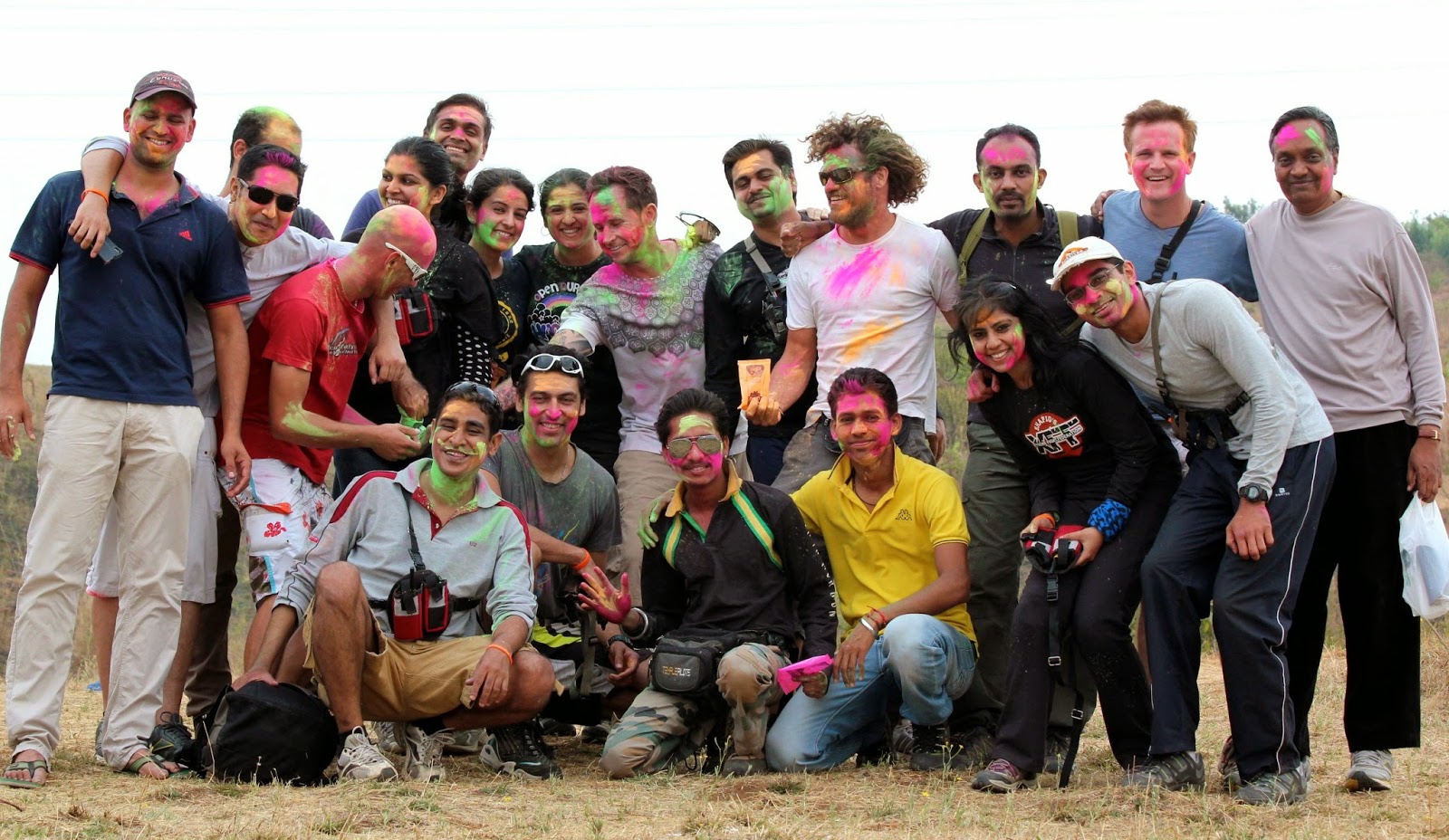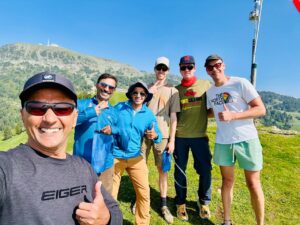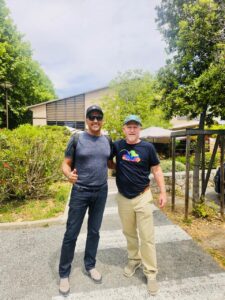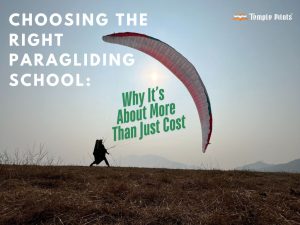Teaching for us is a rare privilege… especially teaching to fly. It’s both, an honour and a deep responsibility to be trusted to fulfill your dream to touch the skies.
We get a lot of energy from student’s enthusiasm for learning to fly. It’s a delight to regularly meet a fresh group of very stimulating personalities, as very special and unique people decide to fly.
There are interesting group dynamics and its very challenging to meet individual and collective demands of the group. Dealing with their risk and danger assessment, varying anxiety levels, fluctuating levels of motivation and confidence, attitudinal counseling and fear management is a journey we take together of shared challenges and mutual triumphs.
It’s a big reward for us when through all of that each of us come out as winners, as achievers, enlightened for a moment of our illimitable and immense potential. It is the interaction and bonding experience that rejuvenates us and gives us a fulfillment like nothing else.
Temple Pilots is based on the idea that for an adventure sport like Paragliding to survive, sustain and spread in our country, it is necessary that the basic training schools provide the highest quality of teaching standards.
This demands a dedication and commitment that goes beyond just the monetary and fun part of it. Instructors that are not just doing a good job but are interested in their students, interested to inspire, motivate and make safe and competent pilots.
Judgement & decision making –
Good judgment and good decision making skills are an integral part of our school’s training programme. However, one way to assess your judgment is to ask yourself “Am I accident prone?”
If you cannot decide, it is a good idea to speak to us and discuss your doubts, and even then if the answer is big ‘Yes’ then you may wish to take up some other activity.
Flying is a lot about taking decisions. Initially many of your decision will be taken by your instructors and gradually you will begin to take charge of your flight.
Finally a positive attitude and a desire to learn to fly are the motivational fuel to learn effectively with enthusiasm. It is exactly how it works in life, if you truly desire to become a competent and experienced pilot, you can and you will…
Risks & Dangers –
Paragliding, just like skiing, rock climbing, scuba diving, kayaking and other adventure sports is not without some risk. However, flying paragliders can be as safe as flying any aircraft, which is safer than driving a car for various reasons. Paragliders fly much more slowly than a car drives and we don’t have to worry so much about the other drivers.
Further, risk is minimized by following the discipline the sport demands. Taking the right decisions based on understanding and knowledge of the variables involved in our sport namely:
1. Limitations of your (the pilots) skill and knowledge
2. Limitations of the permissible weather conditions
3. Limitations at your equipment
The key to safe flying is “Risk Management”
In the course of your training you will be flying in supervised conditions that are ideally suited for training i.e. mornings and evenings when the winds are mild and laminar.
As mentioned earlier, many of your decisions will be made by your instructors (using radios while in flight) and gradually you will be learning how to make judgments or decisions based on many years of experience of pilots throughout the world.
Fear plays a big role in many aspects of our lives and is a basic instinct that functions to keep us safe. Common to all adventure sports including paragliding, fear of heights or new experiences is natural and healthy. How we deal with fear is the important thing. There are various ways:
1. Hide it and pretend otherwise
2. Allow it to freeze you and debilitate you
3. Allow it to take control
4. Run away from the situation
5. Respect it and talk about it
6. Understand it
In paragliding, fear is manageable and is an essential part of keeping us flying safely within limits…
When you learn to fly/paraglide you will begin your first lessons on flat ground to familiarize yourself with the controls of your glider. Gradually you will work your way up to a nursery slope to master and practice the take-off and the landing technique, assisted and guided by your instructors every step of the way. Your first solo flight will be an exhilarating experience as you float across from the training hill to the ground.
Your lessons are tailored to minimize fear and maximize fun. It’s when you do advance level courses that we help you recognize, counter and even control fear.
Fear has many faces, many forms, and we all feel its rush… but its how we deal with it that makes the difference. A safe instructional program is all you need to make you’re learning a fun and fulfilling experience. It is what will decide if you stay trapped in your fear or fly free..





